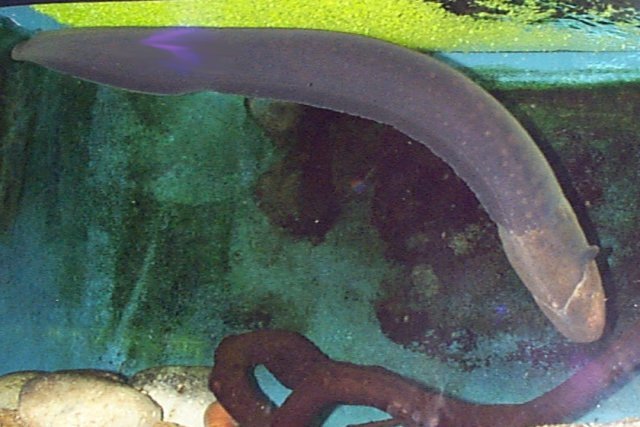When choosing your skincare products, do you go by the packaging, the
celebrity endorsing them or your friend’s recommendation? Well, ideally
none of these factors should influence your choice. Here are four things
to consider when choosing your skincare products.

Discover what your skin needs
Everyone’s skin is different. So what suits your friend may not suit you. For instance, if your friend has normal skin but yours is oily, you both will need different products. First determine what type of skin you have. Is it oily, dry or normal? Do you have any skin problems like acne, blackheads or patchy skin? Then choose a face wash, scrub and other skincare products that help deal with your skin concerns.
If you suffer from clogged pores, choose a face wash like Garnier’s Pure Active Pore Unclogging Wash that deeply purifies pores and removes inlayed impurities that accumulate due to outdoor pollution during the course of the day.
Do a patch test
With sensitive skin, it is always better to be on the safe side. Do a patch test to determine whether or not a particular skincare product is suited to your skin. You can use the product on just a patch of your face closer to your jaw line for a couple of days to make sure it does not produce any allergic reaction. Once you are sure the product suits you, go ahead and make it a part of your skincare routine.
Choose natural products
More than medication, good natural products can do wonders for your skin. So choose products that are not harsh but contain natural extracts that have a soothing effect. Certain properties in herbal formulae penetrate the surface of your skin to help regenerate and repair damaged cells.
If you have blackhead-prone skin, choose a natural scrub like Garnier’s Pure Active Blackhead Uprooting Scrub. It contains HerbaRepair which is extracted from Vaccinium myrtillus that has exceptional regenerating and skin-repairing properties.
Look for effective ingredients
Different ingredients in your skincare products have different cleansing and healing functions. The important thing is to find products with ingredients meant for your skin. For instance, if you have pimples, a non-greasy product that contains alcohol and salicylic acid like Ganier’s Pure Active Pimple Relief Cooling Roll-on can help dry them out. The roll-on's HerbaRepair content will also work to clear those imperfections in your skin.

Discover what your skin needs
Everyone’s skin is different. So what suits your friend may not suit you. For instance, if your friend has normal skin but yours is oily, you both will need different products. First determine what type of skin you have. Is it oily, dry or normal? Do you have any skin problems like acne, blackheads or patchy skin? Then choose a face wash, scrub and other skincare products that help deal with your skin concerns.
If you suffer from clogged pores, choose a face wash like Garnier’s Pure Active Pore Unclogging Wash that deeply purifies pores and removes inlayed impurities that accumulate due to outdoor pollution during the course of the day.
Do a patch test
With sensitive skin, it is always better to be on the safe side. Do a patch test to determine whether or not a particular skincare product is suited to your skin. You can use the product on just a patch of your face closer to your jaw line for a couple of days to make sure it does not produce any allergic reaction. Once you are sure the product suits you, go ahead and make it a part of your skincare routine.
Choose natural products
More than medication, good natural products can do wonders for your skin. So choose products that are not harsh but contain natural extracts that have a soothing effect. Certain properties in herbal formulae penetrate the surface of your skin to help regenerate and repair damaged cells.
If you have blackhead-prone skin, choose a natural scrub like Garnier’s Pure Active Blackhead Uprooting Scrub. It contains HerbaRepair which is extracted from Vaccinium myrtillus that has exceptional regenerating and skin-repairing properties.
Look for effective ingredients
Different ingredients in your skincare products have different cleansing and healing functions. The important thing is to find products with ingredients meant for your skin. For instance, if you have pimples, a non-greasy product that contains alcohol and salicylic acid like Ganier’s Pure Active Pimple Relief Cooling Roll-on can help dry them out. The roll-on's HerbaRepair content will also work to clear those imperfections in your skin.
























